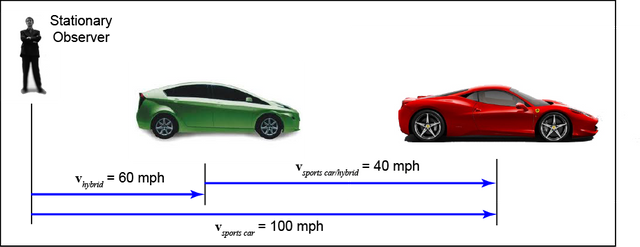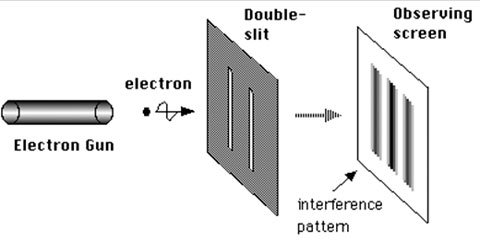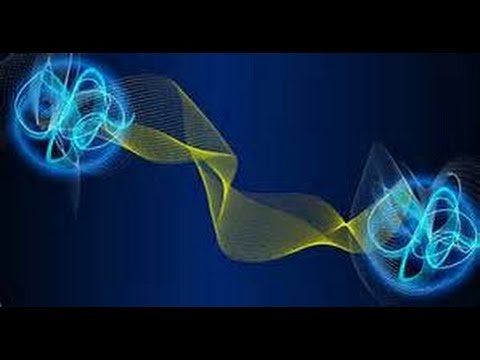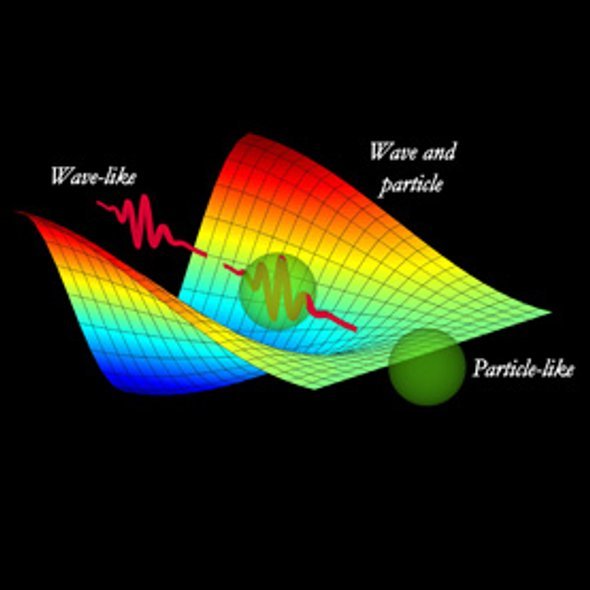Relative Realities?

Humanity inhabits something akin to a shared story, of which each individual is both part experiencer, and part teller. Whatever we find common across individual, subjective experiences we then dub “Truth” or objective reality. Reality then, is composed of the set of all common individual experiences organized into a coherent, hierarchical relationship with each other. We imagine this Truth exists in a place called the real, or objective world. Our problem however, is that no one has ever seen or experienced this objective world, nor could we, due to the nature of our own experience. Thus, we can only make educated guesses as to what truly characterizes it.
The entirety of science is focused on doing just that; namely, describing the qualities objective world, to tell the “story” of the universe. We’ve run into quite a few snags along this journey, and one thing has gradually become clearer the more we investigate. That is, the more we search for an objective, self -evident Truth of life, the further it seems to recede.
When Isaac Newton first described the laws of physics, we thought we had this problem in the bag. His interpretation of the universe seemed to map directly onto our intuition and worked in about any situation we could imagine. It was almost perfect. We now had a definitive and accurate representation of the world; solid particles of ‘stuff’ called matter bumping each other around like a cosmic game of billiards accounted for the motion of everything we saw. Great, right?
However, ingenious as it was, Newton’s physics missed some key details. It couldn’t account for certain facts which science considers objective, but actually map closer to subjective experience. Furthermore, his laws seemed to break down entirely at quantum scales, and at higher speeds. For instance, let’s say you’re on a road trip. From your perspective, you may be sitting perfectly still inside of your car, but to someone standing outside the car, you might be moving around 67 miles per hour, and further yet, relative to someone standing on the sun (in a scenario where that’s possible) you’d be moving 67,000 miles per hour. So, the question is, are you moving, or are you still? The answer? It depends on who you ask! Both statements are valid, because both perspectives are valid. The reality of motion isn’t an objectively verifiable fact, it’s a subjective judgement; one based upon an objects position in relationship to all other objects. 
This isn’t news, however. In fact, a similar argument could be made with regards to time (relative to you, your great-grandparents lived in the past, but relative to them, your life is in the distant future, both of which are true) so, science has grown past the Newtonian model to accommodate for the intrinsic relativity of space and time. Ergo, we now consider space-time relativity to be part of the domain of objective facts. While effective, this doesn’t address the issue of having to stretch the definition of objective reality to include aspects in the subjective domain, and furthermore, that as we scientifically progress, we’re forced to make intellectual compromises like this more and more often.
Science doesn’t like this. Science doesn’t want to envision a world in which subjectivity is valid, because having multiple valid perspectives overcomplicates the way we interpret the world. What scientists want is a clearly defined ‘real world’ with one astringent set of rules and borders, and zero contradictions. And they have good reason to.
Subjectivity introduces too many variables to the equation and opens the door to conflicting realities. To an objective realist’s mind, there can’t be conflicting realities, there can only be one truly ‘real’ world, and that is the one we should primarily concern ourselves with.
This explains why Einstein’s theories of relativity were met with so much flak when he first proposed them. After all, how can an object be both in motion and stationary at the same time?
However, the closer we inspect the world around us, the more it appears that subjectivity is intrinsic to the way it operates.
No one more clearly and controversially demonstrated that than physicist Thomas Young did with his famous double-slit experiment. For those unfamiliar, I’ll offer an oversimplified explanation of how it went.
Did you know that when two energy waves crash into each other, matching wavelengths amplify, and contrasting wavelengths cancel? The result is something called an interference pattern, in which there are some areas carrying doubled energy, (the places where wavelengths matched) and others carrying none (places where the energy cancelled). You can simulate this interference pattern by taking one energy wave and passing it through a wall with two slits. The initial wave splits in two, and the two separate waves interfere with each other. All in all, this is rather typical behavior for waves. That’s why interference patterns are also known as wave functions.
But here’s something rather strange to consider. Particles, things we normally think of as solid matter, show wave functions too. You might expect that if you take a stream of marbles and pour them through a container with two slits, the marbles would pile up directly behind where the slits are, with very little spread or variability. And you’d be right.
However, when we take a stream of electrons, essentially the tiniest marbles we can manipulate, and fire them at a double slit wall, they don’t stack neatly behind the slits, they spread, and not just in any old formation, but in an interference pattern.

This came as quite the shock, to say the least. How can an electron, a particle of matter, show properties of a wave? Well, some clever researchers came up with a solution. Maybe the particles were bouncing off each other after passing through the slits, causing them to diffuse on impact. That would explain why the electrons appeared to show signs of a wave function, right?
With this in mind, the scientists controlled for that variable by firing electrons at the slit wall so darn slowly they couldn’t possibly interfere with each other’s trajectory when they passed through the other side.
The result? Astonishing.
Still, even after firing them individually, the electrons formed an interference pattern on the other side. This boggled scientists; so much so that they decided to take things a step further. They would directly observe the electrons passing through the slits to definitively determine which slit they passed through.
Then something changed. The particles reorganized, and the wave function collapsed. Now that they’d been observed, the electrons were behaving exactly the way one would expect them to, stacking up neatly behind either slit. But how? The only difference in the experiment was our active observation of it.
It’s as if the electrons behave like waves until we measure or interact with them, then their behavior collapses into that of particles. When unobserved, the electrons’ behavior resembles waves of probability, and when they pass through the slits, they stack up in areas of highest probability, and avoid zones of low probability. The high probability areas are identical to the places where the energy would double in a wave interference pattern, and the low probability areas are the places where the waves would cancel.
However, the moment we observe the electrons, the probability game stops. Now, instead of potentials, we get a definitive result. They either passed through slit A or slit B. No more wave functions, no more spreads. Just a clean cluster of electrons behind each slit.
Furthermore, it isn’t just electrons that behave this way. Photons, atoms, and even certain molecules, which are colossal by comparison, (and size is really important) show properties of a wave function in this experiment, but when watched, they go right back to behaving the way we would predict, as particles.

The implications here are monumental. This would mean that simply introducing subjectivity into a situation changes the way matter, which we normally expect to be governed by 'objective' laws, behaves. Without awareness, particles seem to just float in a space of possibilities, something physicists call quantum superposition. They could be here, there, somewhere in or between, or both. Or rather, quantum superposition implies all of these states at once (and also none of them, not to confuse you).
But when we observe reality, the probabilities snap into focus, and matter picks a place to be, usually the most likely (if you left your laptop on the chair for fifteen seconds, it’s most likely to be there when you return). It’s either here, or there, with no in between, and if a particle is in one place, it’s decidedly NOT in any others.

In this way, it may be more useful to think of matter not as solid ‘stuff’, but as probabilistic potential, and when observed, the energy of these potentials collapses into a singular, definitive form. Perhaps there were never any solid particles to begin with, and our notion of them is just a result of our perceptual inadequacy. In fact, that’s highly likely, all things considered. Our perceptive tools are really, really inadequate.
There’s still much research to do, but, if that’s indeed the case, then consciousness seems to define the way reality manifests itself, and this experiment and others that follow could give a whole new meaning to the adage “mind over matter”.